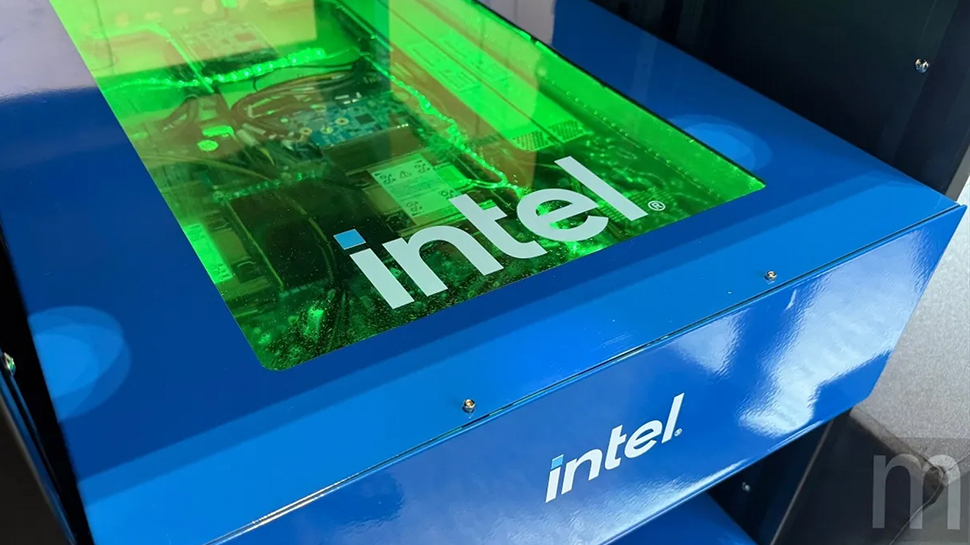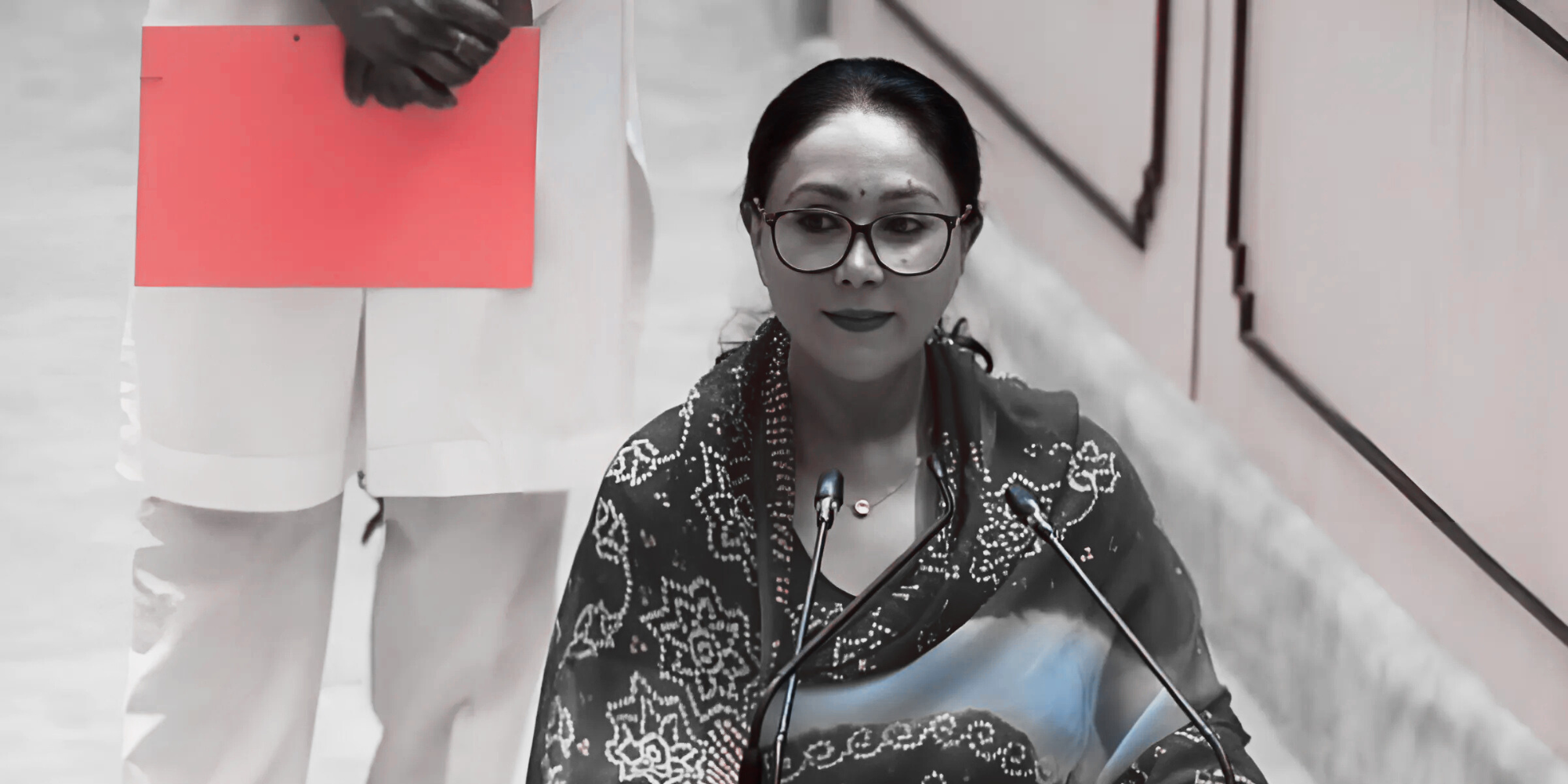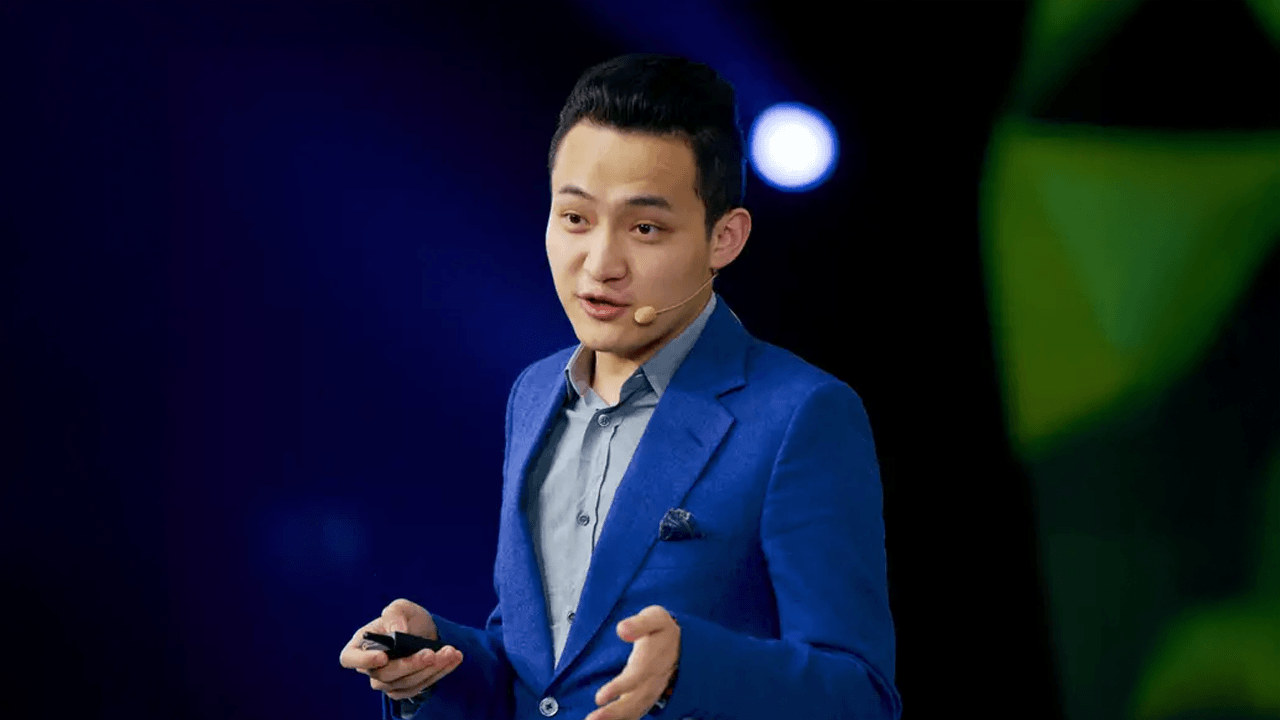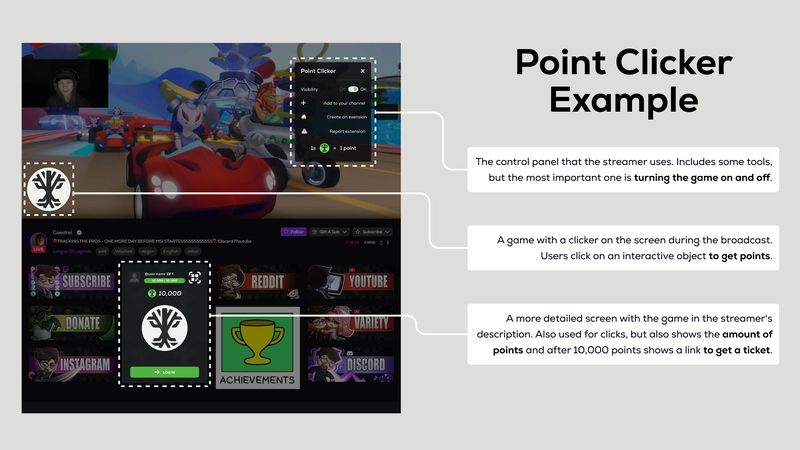Computing architecture - Binary mathematic
Introduction to the Binary System What is the Binary System? The binary system is a base-2 numeral system. Instead of using the 10 digits of the decimal system (0 to 9), the binary system uses only two digits: 0 and 1. These two digits are called bits (short for "binary digits"). In the context of computing, the binary system is fundamental. This is because the electronic circuits in computers operate in a simplified manner with two possible states: on (represented by 1) and off (represented by 0). These two states correspond to the two digits of the binary system. Practical Example: 1 can be interpreted as "on" or "true." 0 can be interpreted as "off" or "false." Why is the Binary System Important? The importance of the binary system lies in the fact that computers operate electrically, and computer circuits require two distinct states to represent information. These states are physically realized as high voltage (1) and low voltage (0), making the binary system perfect for this type of operation. When you see a number like 1011 on your computer, it represents a binary number, which will be converted into a decimal number or used for computational operations. Comparison with the Decimal System The decimal system is the numeral system we use in everyday life, with a base of 10. It uses digits from 0 to 9. The base 10 means that in each position, the value is multiplied by powers of 10. For example: The number 235 in the decimal system is interpreted as: [ 2 \times 10^2 + 3 \times 10^1 + 5 \times 10^0 ] Which results in: [ 2 \times 100 + 3 \times 10 + 5 \times 1 = 200 + 30 + 5 = 235 ] In the binary system, the positions also have powers, but with a base of 2. Instead of multiplying by 10, each position in a binary number is multiplied by powers of 2. Quick Comparison Between the Decimal and Binary Systems: Decimal System (Base 10): 0, 1, 2, 3, 4, 5, 6, 7, 8, 9. Binary System (Base 2): 0, 1. The decimal system is more familiar, as it is what we use in daily life, while the binary system is used internally by computers to store and process data. How to Represent Decimal Numbers in the Binary System? To convert a decimal number to binary, the most common method is successive division by 2, where the remainder of each division becomes the corresponding binary digit (0 or 1). The process continues until the quotient is 0. Example of Decimal to Binary Conversion: Let’s convert the number 13 (decimal) to binary. Divide 13 by 2: quotient = 6, remainder = 1. Divide 6 by 2: quotient = 3, remainder = 0. Divide 3 by 2: quotient = 1, remainder = 1. Divide 1 by 2: quotient = 0, remainder = 1. Now, read the remainders from bottom to top: 1101. Therefore, 13 (decimal) is equal to 1101 (binary). Decimal to Binary Conversion Table (for small numbers): | Decimal | Binary | |---------|--------| | 0 | 0 | | 1 | 1 | | 2 | 10 | | 3 | 11 | | 4 | 100 | | 5 | 101 | | 6 | 110 | | 7 | 111 | | 8 | 1000 | | 9 | 1001 | | 10 | 1010 | | 11 | 1011 | | 12 | 1100 | | 13 | 1101 | This conversion process is important when working with computers or electronic systems that directly handle binary information. Conclusion of the Introduction to the Binary System The binary system is essential for the functioning of modern computers, as it reflects the nature of electronic circuits that have two states. Compared to the decimal system, which we use in our daily lives, the binary system operates with only two digits: 0 and 1. The conversion between the decimal and binary systems is a simple process of successive divisions and is the foundation of all digital computing. Conversions Between Binary and Decimal In this module, we will learn the two fundamental processes for converting between the binary and decimal numeral systems: Conversion from Binary to Decimal Conversion from Decimal to Binary These processes are essential for understanding how computers interpret and manipulate data. Conversion from Binary to Decimal When you have a binary number and need to convert it to decimal, the main idea is to use powers of 2. The position of each bit (binary digit) in the binary number represents a power of 2. The conversion follows the principle that each binary digit multiplied by its corresponding position (power of 2) results in a value that, when added to the others, forms the decimal number. Steps to Convert Binary to Decimal: Write down the binary number. Identify the position of each binary digit, starting from the right (the first position is 0). Multiply each binary digit by the corresponding power of 2. Add up the results obtained for each binary digit. The final result will be the equivalent decimal value. Practical Example: Convert the binary number 1011 to decimal
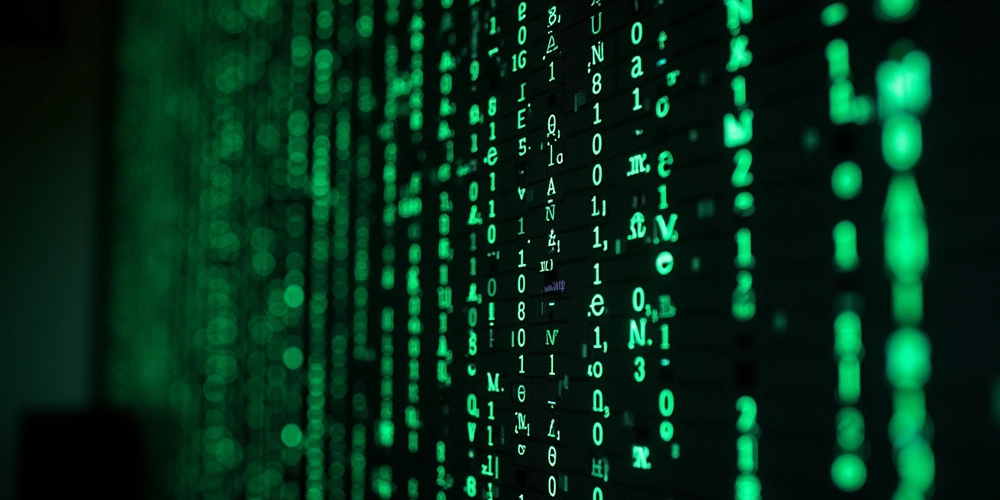
Introduction to the Binary System
What is the Binary System?
The binary system is a base-2 numeral system. Instead of using the 10 digits of the decimal system (0 to 9), the binary system uses only two digits: 0 and 1. These two digits are called bits (short for "binary digits").
In the context of computing, the binary system is fundamental. This is because the electronic circuits in computers operate in a simplified manner with two possible states: on (represented by 1) and off (represented by 0). These two states correspond to the two digits of the binary system.
Practical Example:
- 1 can be interpreted as "on" or "true."
- 0 can be interpreted as "off" or "false."
Why is the Binary System Important?
The importance of the binary system lies in the fact that computers operate electrically, and computer circuits require two distinct states to represent information. These states are physically realized as high voltage (1) and low voltage (0), making the binary system perfect for this type of operation.
When you see a number like 1011 on your computer, it represents a binary number, which will be converted into a decimal number or used for computational operations.
Comparison with the Decimal System
The decimal system is the numeral system we use in everyday life, with a base of 10. It uses digits from 0 to 9. The base 10 means that in each position, the value is multiplied by powers of 10. For example:
- The number 235 in the decimal system is interpreted as: [ 2 \times 10^2 + 3 \times 10^1 + 5 \times 10^0 ] Which results in: [ 2 \times 100 + 3 \times 10 + 5 \times 1 = 200 + 30 + 5 = 235 ]
In the binary system, the positions also have powers, but with a base of 2. Instead of multiplying by 10, each position in a binary number is multiplied by powers of 2.
Quick Comparison Between the Decimal and Binary Systems:
- Decimal System (Base 10): 0, 1, 2, 3, 4, 5, 6, 7, 8, 9.
- Binary System (Base 2): 0, 1.
The decimal system is more familiar, as it is what we use in daily life, while the binary system is used internally by computers to store and process data.
How to Represent Decimal Numbers in the Binary System?
To convert a decimal number to binary, the most common method is successive division by 2, where the remainder of each division becomes the corresponding binary digit (0 or 1). The process continues until the quotient is 0.
Example of Decimal to Binary Conversion:
Let’s convert the number 13 (decimal) to binary.
- Divide 13 by 2: quotient = 6, remainder = 1.
- Divide 6 by 2: quotient = 3, remainder = 0.
- Divide 3 by 2: quotient = 1, remainder = 1.
- Divide 1 by 2: quotient = 0, remainder = 1.
Now, read the remainders from bottom to top: 1101.
Therefore, 13 (decimal) is equal to 1101 (binary).
Decimal to Binary Conversion Table (for small numbers):
| Decimal | Binary |
|---------|--------|
| 0 | 0 |
| 1 | 1 |
| 2 | 10 |
| 3 | 11 |
| 4 | 100 |
| 5 | 101 |
| 6 | 110 |
| 7 | 111 |
| 8 | 1000 |
| 9 | 1001 |
| 10 | 1010 |
| 11 | 1011 |
| 12 | 1100 |
| 13 | 1101 |
This conversion process is important when working with computers or electronic systems that directly handle binary information.
Conclusion of the Introduction to the Binary System
The binary system is essential for the functioning of modern computers, as it reflects the nature of electronic circuits that have two states. Compared to the decimal system, which we use in our daily lives, the binary system operates with only two digits: 0 and 1. The conversion between the decimal and binary systems is a simple process of successive divisions and is the foundation of all digital computing.
Conversions Between Binary and Decimal
In this module, we will learn the two fundamental processes for converting between the binary and decimal numeral systems:
- Conversion from Binary to Decimal
- Conversion from Decimal to Binary
These processes are essential for understanding how computers interpret and manipulate data.
Conversion from Binary to Decimal
When you have a binary number and need to convert it to decimal, the main idea is to use powers of 2. The position of each bit (binary digit) in the binary number represents a power of 2. The conversion follows the principle that each binary digit multiplied by its corresponding position (power of 2) results in a value that, when added to the others, forms the decimal number.
Steps to Convert Binary to Decimal:
- Write down the binary number.
- Identify the position of each binary digit, starting from the right (the first position is 0).
- Multiply each binary digit by the corresponding power of 2.
- Add up the results obtained for each binary digit.
- The final result will be the equivalent decimal value.
Practical Example: Convert the binary number 1011 to decimal
The binary number is 1011.
Starting from the right to the left, the positions are:
- The first 1 is in position 3 (2³).
- The 0 is in position 2 (2²).
- The 1 is in position 1 (2¹).
- The last 1 is in position 0 (2⁰).
Now, multiply each binary digit by the corresponding power of 2:
- ( 1 \times 2^3 = 1 \times 8 = 8 )
- ( 0 \times 2^2 = 0 \times 4 = 0 )
- ( 1 \times 2^1 = 1 \times 2 = 2 )
- ( 1 \times 2^0 = 1 \times 1 = 1 )
Add the results:
[
8 + 0 + 2 + 1 = 11
]
Therefore, 1011 (binary) is equal to 11 (decimal).
Conversion from Decimal to Binary
To convert a decimal number to binary, the process is the reverse: we use the successive division by 2 method. The decimal number is repeatedly divided by 2, and the remainders from each division form the binary number from bottom to top.
Steps to Convert Decimal to Binary:
- Divide the decimal number by 2.
- Write down the remainder of the division.
- Use the quotient from the division to divide again by 2.
- Repeat the process until the quotient is 0.
- The binary number is the sequence of remainders read from bottom to top.
Practical Example: Convert the decimal number 13 to binary
- Divide 13 by 2: [ 13 \div 2 = 6 \quad \text{(remainder 1)} ]
- Divide 6 by 2: [ 6 \div 2 = 3 \quad \text{(remainder 0)} ]
- Divide 3 by 2: [ 3 \div 2 = 1 \quad \text{(remainder 1)} ]
- Divide 1 by 2: [ 1 \div 2 = 0 \quad \text{(remainder 1)} ]
Now, reading the remainders from bottom to top, we get 1101.
Therefore, 13 (decimal) is equal to 1101 (binary).
Summary of Methods
| Conversion | Method | Example |
|---|---|---|
| Binary to Decimal | Use powers of 2, multiply each binary digit by the corresponding power, and add the results. | ( 1011_2 = 8 + 0 + 2 + 1 = 11_{10} ) |
| Decimal to Binary | Divide the decimal number successively by 2, note the remainders, and read them from bottom to top. | ( 13_{10} = 1101_2 ) |
Exercises to Practice
- Convert the binary number 11010 to decimal.
- Convert the decimal number 25 to binary.
- Convert the binary number 111111 to decimal.
- Convert the decimal number 7 to binary.
Arithmetic Operations in the Binary System
In this module, we will learn how to perform the main arithmetic operations with binary numbers. Binary operations follow principles similar to those in the decimal system, but with specific rules for dealing with only two digits: 0 and 1. We will explore addition, subtraction, multiplication, and division in the binary system.
Binary Addition
Binary addition is quite simple, but we need to pay attention to the carry (or "transport") when the sum of two binary digits results in 10. Below are the basic rules for binary addition:
- ( 0 + 0 = 0 )
- ( 1 + 0 = 1 )
- ( 0 + 1 = 1 )
- ( 1 + 1 = 10 ) (Here, the 1 is carried over to the next column.)
Practical Example: Add 1011 + 1101
Let’s add the binary numbers 1011 and 1101 step by step:
- Align the numbers vertically:
1011
+ 1101
------
-
Start adding from right to left:
- ( 1 + 1 = 10 ): Write down 0 and carry over 1.
- ( 1 + 0 + 1 ) (carry) = 10: Write down 0 and carry over 1.
- ( 0 + 1 + 1 ) (carry) = 10: Write down 0 and carry over 1.
- ( 1 + 1 + 1 ) (carry) = 11: Write down 1 and carry over 1.
Since there is a remaining carry, place the 1 to the left:
1011
+ 1101
------
11000
Therefore, 1011 + 1101 = 11000.
Binary Subtraction
Binary subtraction is a bit more complex because when the top digit is smaller than the bottom digit, we need to borrow from the next column, just like in decimal subtraction.
Rules for Binary Subtraction:
- ( 0 - 0 = 0 )
- ( 1 - 0 = 1 )
- ( 1 - 1 = 0 )
- ( 0 - 1 = 1 ) (with borrowing: subtract 1 from the next column, and the number becomes 10).
Practical Example: Subtract 1011 - 110
Let’s subtract 110 from 1011:
- Align the numbers:
1011
- 110
------
- Start subtracting from right to left:
- ( 1 - 0 = 1 )
- ( 1 - 1 = 0 )
- ( 0 - 1 = 1 ) (borrow 1 from the next column, turning the 1 into 0).
- ( 1 ) (now 0 after borrowing) - ( 1 = 1 ).
Therefore, 1011 - 110 = 1001.
Binary Multiplication
Binary multiplication follows a process similar to decimal multiplication, but since we are dealing with only two digits, the rules are simpler. When multiplying by 0, the result is 0; when multiplying by 1, the result is the original number.
Rules for Binary Multiplication:
- ( 0 \times 0 = 0 )
- ( 0 \times 1 = 0 )
- ( 1 \times 0 = 0 )
- ( 1 \times 1 = 1 )
Practical Example: Multiply 101 × 11
- Align the numbers:
101
× 11
------
- Multiply 101 by 1 (the unit digit of the second number):
101
× 1
------
101
- Multiply 101 by 1 (the tens digit of the second number), but shift the result to the left (equivalent to multiplying by 10 in decimal):
101
× 10
------
1010
- Add the two results:
101
+ 1010
------
1111
Therefore, 101 × 11 = 1111.
Binary Division
Binary division follows a process similar to the long division we use in the decimal system. Here, we repeatedly divide the binary number, subtracting multiples of the divisor until the quotient is 0.
Practical Example: Divide 1101 by 10
- Align the numbers:
1101 ÷ 10
-
Start dividing from left to right:
- 10 fits into 11 once, so we place 1 in the quotient and subtract 10 from 11 (leaving 1).
- Bring down the next digit (0), resulting in 10.
- 10 fits into 10 once, so we place 1 in the quotient and subtract 10 from 10 (leaving 0).
- Bring down the next digit (1), resulting in 1. Since 10 does not fit into 1, we place 0 in the quotient.
The quotient is 110, and the remainder is 1.
Therefore, 1101 ÷ 10 = 110 with a remainder of 1.
Summary of Arithmetic Operations in the Binary System
| Operation | Method | Example |
|---|---|---|
| Binary Addition | Add the binary digits, considering the carry (if the sum is 10). | ( 1011 + 1101 = 11000 ) |
| Binary Subtraction | Subtract the digits, borrowing when necessary. | ( 1011 - 110 = 1001 ) |
| Binary Multiplication | Multiply each digit by 0 or 1, shifting to the left. | ( 101 \times 11 = 1111 ) |
| Binary Division | Divide the number, subtracting multiples of the divisor until the quotient is 0. | ( 1101 \div 10 = 110 ) |
Exercises to Practice
- Binary Addition: Add 11001 and 1011.
- Binary Subtraction: Subtract 10010 from 11011.
- Binary Multiplication: Multiply 110 by 101.
- Binary Division: Divide 10110 by 11.
Applications of Binary Mathematics in Computer Architecture
In this module, we will explore the applications of binary mathematics in computer architecture, covering digital logic, logic circuits, and how binary is essential for data storage and processing. Additionally, we will discuss the importance of binary in communication and data transfer between devices.
Digital Logic
Digital logic is the foundation of computer architecture and digital systems. It involves the application of logical operations, such as AND, OR, NOT, and XOR, using binary numbers (0 and 1). These operations are implemented in electronic circuits, enabling computers to perform a wide variety of complex functions.
Binary Logical Operations
Logical operations are performed by logic gates, which are the basic building blocks of digital logic. Each gate performs a specific logical operation.
-
AND Gate:
- Operation: Returns 1 if both operands are 1; otherwise, returns 0.
- Truth Table: | A | B | A AND B | |---|---|---------| | 0 | 0 | 0 | | 0 | 1 | 0 | | 1 | 0 | 0 | | 1 | 1 | 1 |
-
OR Gate:
- Operation: Returns 1 if at least one of the operands is 1.
- Truth Table: | A | B | A OR B | |---|---|--------| | 0 | 0 | 0 | | 0 | 1 | 1 | | 1 | 0 | 1 | | 1 | 1 | 1 |
-
NOT Gate (Inversion):
- Operation: Inverts the value of the operand.
- Truth Table: | A | NOT A | |---|-------| | 0 | 1 | | 1 | 0 |
-
XOR Gate (Exclusive OR):
- Operation: Returns 1 if the operands are different; otherwise, returns 0.
- Truth Table: | A | B | A XOR B | |---|---|---------| | 0 | 0 | 0 | | 0 | 1 | 1 | | 1 | 0 | 1 | | 1 | 1 | 0 |
Example of a Logic Circuit Performing Binary Operations
Consider the following simple logic circuit:
- Inputs: A = 1, B = 0
- Operation: ( A \text{ AND } (B \text{ OR } A) )
- First, calculate the OR operation: [ B \text{ OR } A = 0 \text{ OR } 1 = 1 ]
- Then, apply the AND operation: [ A \text{ AND } 1 = 1 \text{ AND } 1 = 1 ]
- Therefore, the final result of the operation is 1.
These logical operations are fundamental for building processors and digital circuits in computers, enabling the control and manipulation of binary data.
Data Storage and Processing
Computers use binary mathematics to store and process data efficiently. Let’s understand how this happens.
Data Storage
At the hardware level, data is stored in memory (RAM, hard drives, etc.), and each stored value is represented by binary numbers. The process of storing and retrieving data is done by storage units that use binary cells.
- Bit: The smallest unit of storage in a computer. It can store only two values: 0 or 1.
- Byte: A group of 8 bits, which can represent 256 different values (from 0 to 255).
These bits are organized into blocks called words (with 16, 32, or 64 bits), allowing integers, characters, and even images to be represented in the binary system.
Data Processing
When the processor (CPU) performs operations, it uses binary numbers. Arithmetic and logical operations are carried out through arithmetic and logic circuits.
- For example, the binary addition of two binary numbers is performed using an adder circuit, which can be a full adder or a half adder.
- These operations of addition, subtraction, multiplication, and division allow the processor to manipulate data efficiently. The CPU converts mathematical operations into binary commands, directly manipulating binary data.
Use of Binary in Communication Between Devices
Communication between devices in a computer or network also relies on the binary system. Data is transmitted as streams of bits between devices, such as memory, the processor, and peripherals (e.g., hard drives and monitors).
Example: Ethernet Communication
In data communication over networks, such as Ethernet, bits are transmitted through cables or radio waves, depending on the technology. The sequence of 0s and 1s is converted into electrical or optical signals, allowing devices to communicate. Each device interprets these binary signals to reconstruct the sent information.
Data Transfer in File Systems
When a file is saved on a computer, it is converted into a binary sequence and stored on the hard drive. When the file is accessed or transferred to another device, it is read as a sequence of bits and converted back to its original format (whether text, image, audio, etc.).
Summary of Concepts
- Digital Logic: The foundation for building digital circuits in computers, using binary logical operations like AND, OR, NOT, and XOR.
- Data Storage: Data is stored as sequences of bits and bytes in memory devices.
- Data Processing: The processor manipulates binary data through arithmetic and logical operations.
- Data Communication: Communication between devices is achieved through sequences of bits transmitted over networks and cables.
Exercises to Practice
-
Digital Logic:
- Solve the expression ( A \text{ AND } (B \text{ OR } C) ) for ( A = 1 ), ( B = 0 ), and ( C = 1 ).
-
Data Storage:
- Convert the decimal number 85 to its 8-bit binary representation.
-
Data Processing:
- Perform the binary addition of 1101 and 1011.
-
Data Communication:
- How would data be represented for transmission over Ethernet? What would the bit sequence be for the number 23?
Practical Exercises
In this module, we will practice the main operations in the binary system. The exercises cover conversions between binary and decimal, performing arithmetic operations (addition, subtraction, multiplication, and division), and examples of representing negative numbers in the binary system. These exercises will help solidify your understanding of how to work with binary numbers and how these operations are applied in practice.
1. Conversions Between Binary and Decimal
Exercise 1: Convert the binary number 101110 to decimal.
Steps:
- Write the binary number: ( 101110_2 ).
- Decompose it into powers of 2:
- ( 1 \times 2^5 = 32 )
- ( 0 \times 2^4 = 0 )
- ( 1 \times 2^3 = 8 )
- ( 1 \times 2^2 = 4 )
- ( 1 \times 2^1 = 2 )
- ( 0 \times 2^0 = 0 )
- Add the values: ( 32 + 0 + 8 + 4 + 2 + 0 = 46 ).
- Therefore, ( 101110_2 = 46_{10} ).
Exercise 2: Convert the decimal number 65 to binary.
Steps:
- Divide 65 by 2, noting the quotient and remainder:
- ( 65 \div 2 = 32 ) with remainder 1.
- ( 32 \div 2 = 16 ) with remainder 0.
- ( 16 \div 2 = 8 ) with remainder 0.
- ( 8 \div 2 = 4 ) with remainder 0.
- ( 4 \div 2 = 2 ) with remainder 0.
- ( 2 \div 2 = 1 ) with remainder 0.
- ( 1 \div 2 = 0 ) with remainder 1.
- The binary number is obtained by reading the remainders from bottom to top: ( 1000001_2 ).
- Therefore, ( 65_{10} = 1000001_2 ).
2. Arithmetic Operations with Binary Numbers
Binary Addition
Exercise 3: Add 1101 and 1011 in binary.
Steps:
- Align the numbers:
1101
+ 1011
--------
- Start from the right:
- ( 1 + 1 = 10 ) (write 0, carry 1).
- ( 0 + 1 + 1 = 10 ) (write 0, carry 1).
- ( 1 + 0 + 1 = 10 ) (write 0, carry 1).
- ( 1 + 1 + 1 = 11 ) (write 1, carry 1).
- Result: ( 1101_2 + 1011_2 = 11000_2 ).
- Therefore, ( 1101_2 + 1011_2 = 11000_2 ).
Binary Subtraction
Exercise 4: Subtract 1101 from 10110 in binary.
Steps:
- Align the numbers:
10110
- 1101
--------
- Subtract from the right:
- ( 0 - 1 ) requires borrowing. After borrowing, it becomes ( 10 - 1 = 1 ).
- ( 1 - 0 = 1 ).
- ( 1 - 1 = 0 ).
- ( 0 - 1 ) requires borrowing. After borrowing, it becomes ( 10 - 1 = 1 ).
- ( 1 - 1 = 0 ).
- Result: ( 10110_2 - 1101_2 = 10001_2 ).
- Therefore, ( 10110_2 - 1101_2 = 10001_2 ).
Binary Multiplication
Exercise 5: Multiply 101 by 11 in binary.
Steps:
- Perform simple binary multiplication:
101
× 11
--------
101 (101 × 1)
+ 1010 (101 × 1, shifted one position to the left)
--------
1111
- Result: ( 101_2 \times 11_2 = 1111_2 ).
- Therefore, ( 101_2 \times 11_2 = 1111_2 ).
Binary Division
Exercise 6: Divide 1101 by 10 in binary.
Steps:
- Divide 1101 by 10:
- 10 fits into 11 once. Subtract 10 from 11, leaving 1. Place 1 in the result.
- Bring down the next bit (0). Now, we have 10. 10 fits once, subtract 10 from 10, leaving 0. Place 1 in the result.
- The final result is 11, and the remainder is 0.
- Result: ( 1101_2 \div 10_2 = 11_2 ) (remainder 0).
- Therefore, ( 1101_2 \div 10_2 = 11_2 ).
3. Representation of Negative Numbers in the Binary System (Two's Complement)
Exercise 7: Represent -6 in binary using two's complement (with 8 bits).
Steps:
- Write 6 in binary (with 8 bits): ( 00000110_2 ).
- Invert all the bits (one's complement): ( 11111001_2 ).
- Add 1 to the result (two's complement): [ 11111001_2 + 1 = 11111010_2 ]
- Therefore, -6 in two's complement (8 bits) is ( 11111010_2 ).
Exercise 8: Represent -13 in binary using two's complement (with 8 bits).
Steps:
- Write 13 in binary (with 8 bits): ( 00001101_2 ).
- Invert all the bits (one's complement): ( 11110010_2 ).
- Add 1 to the result (two's complement): [ 11110010_2 + 1 = 11110011_2 ]
- Therefore, -13 in two's complement (8 bits) is ( 11110011_2 ).
Summary
- Binary-Decimal Conversions: Use powers of 2 to convert binary numbers to decimal and divide by 2 repeatedly to convert decimal numbers to binary.
- Binary Operations: Learn how to perform addition, subtraction, multiplication, and division using binary rules.
- Two's Complement: The method for representing negative numbers in the binary system, essential for arithmetic operations with negative numbers.






















































.jpg)
%20Abstract%20Background%20112024%20SOURCE%20Amazon.jpg)


















































































































![[The AI Show Episode 142]: ChatGPT’s New Image Generator, Studio Ghibli Craze and Backlash, Gemini 2.5, OpenAI Academy, 4o Updates, Vibe Marketing & xAI Acquires X](https://www.marketingaiinstitute.com/hubfs/ep%20142%20cover.png)

















































































































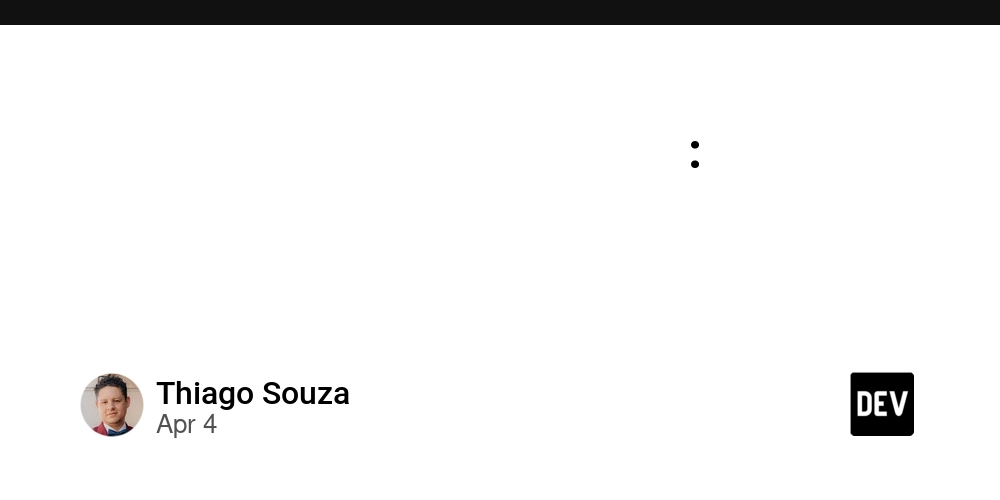
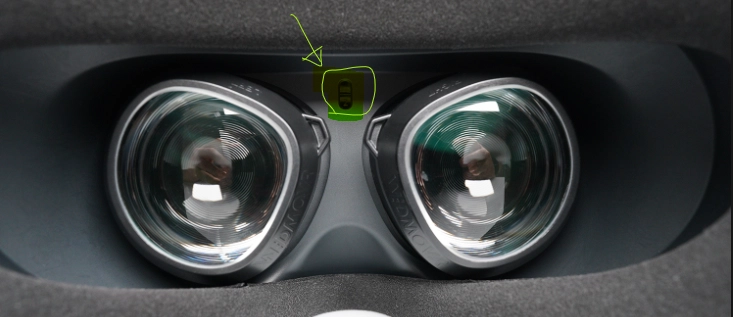













































































































































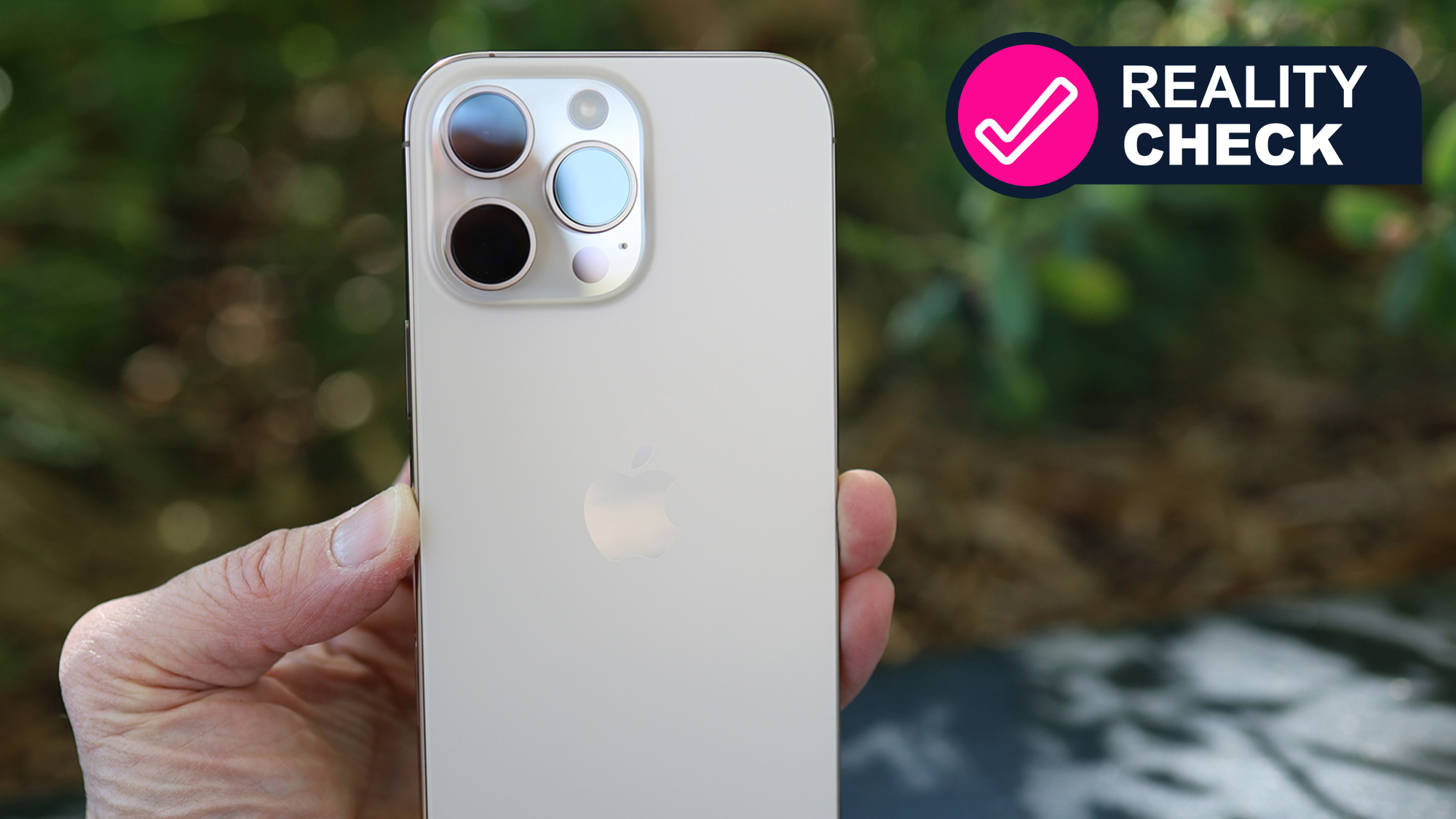
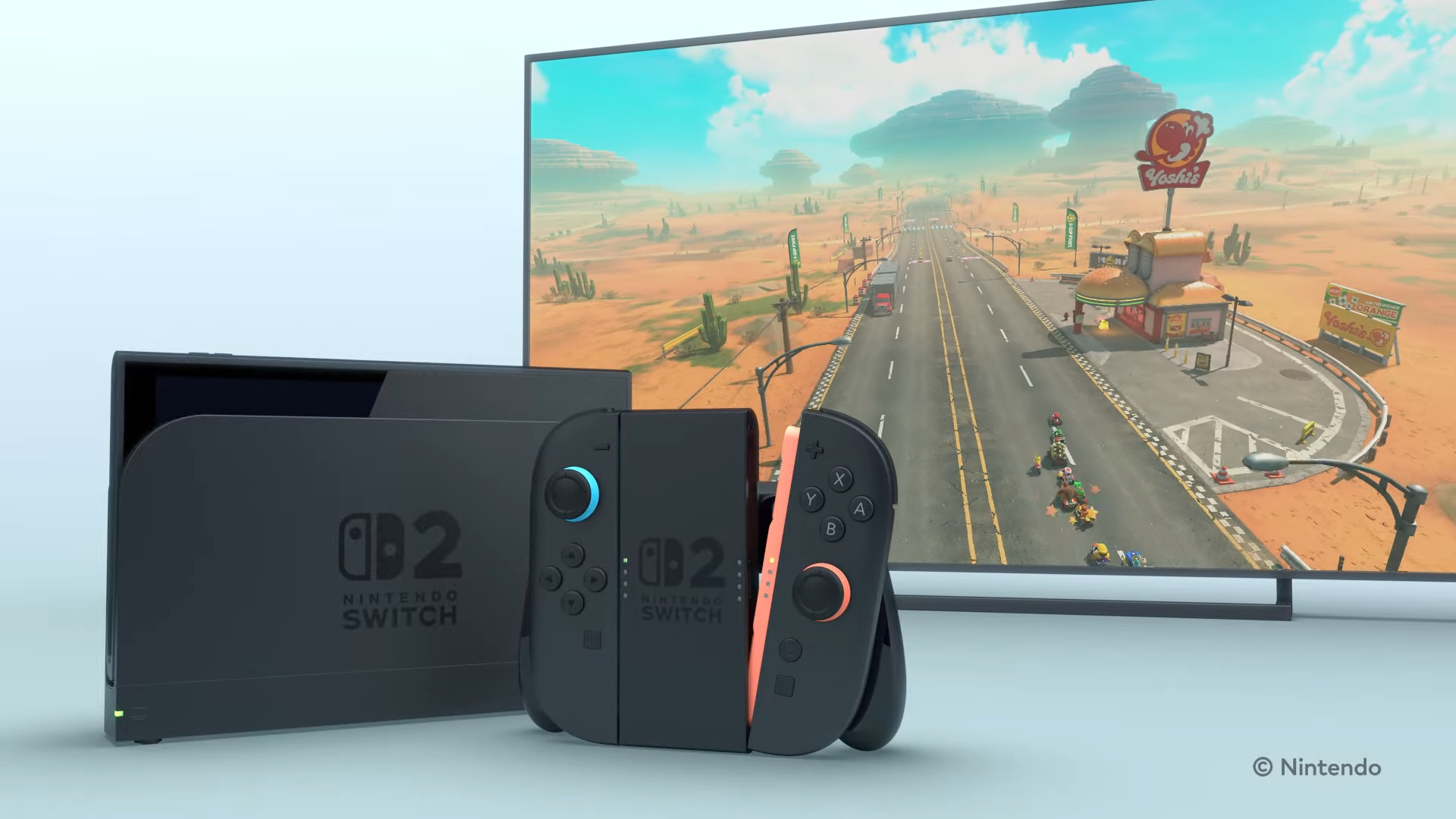









_Christophe_Coat_Alamy.jpg?#)

_Anna_Berkut_Alamy.jpg?#)





































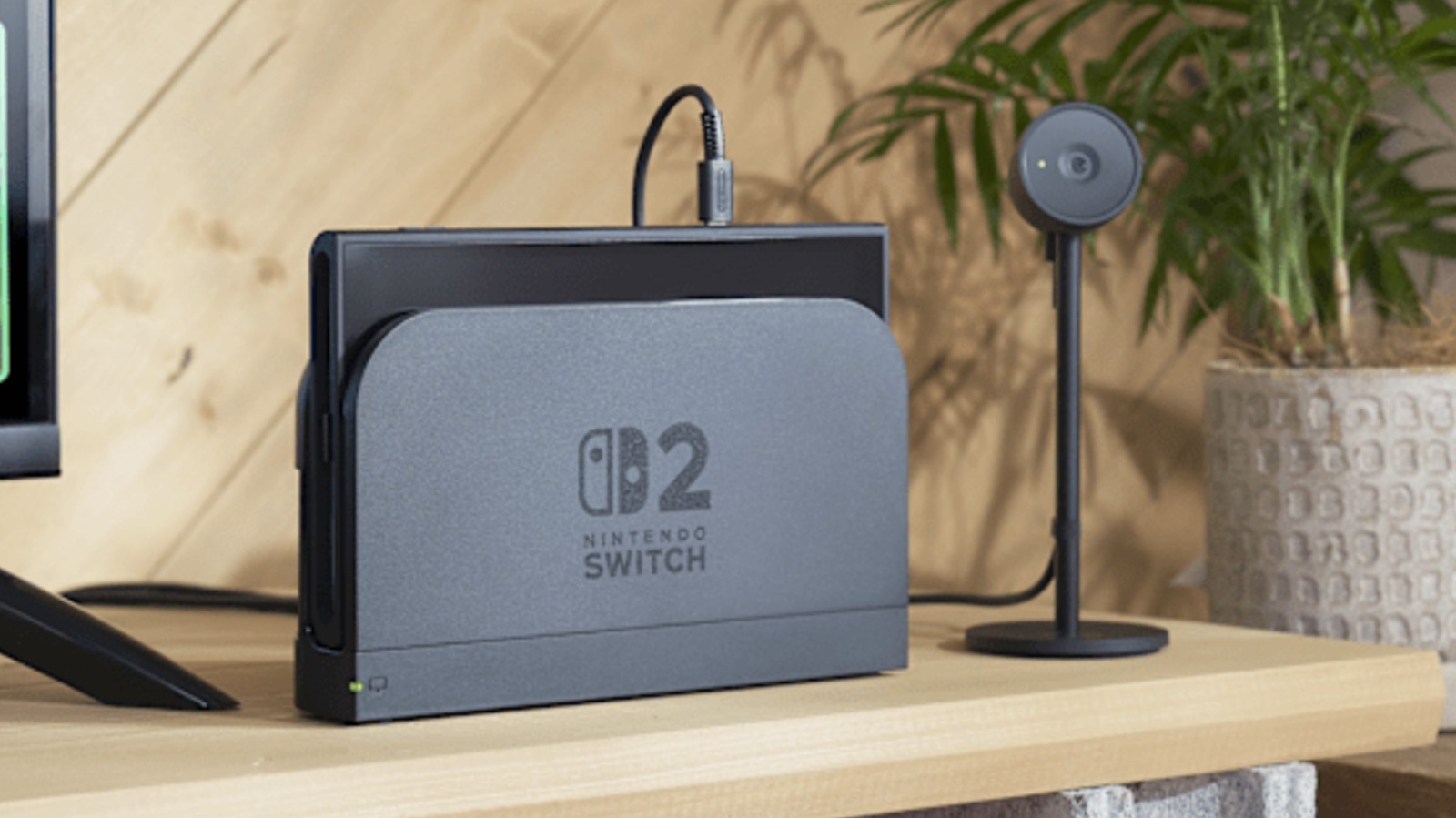

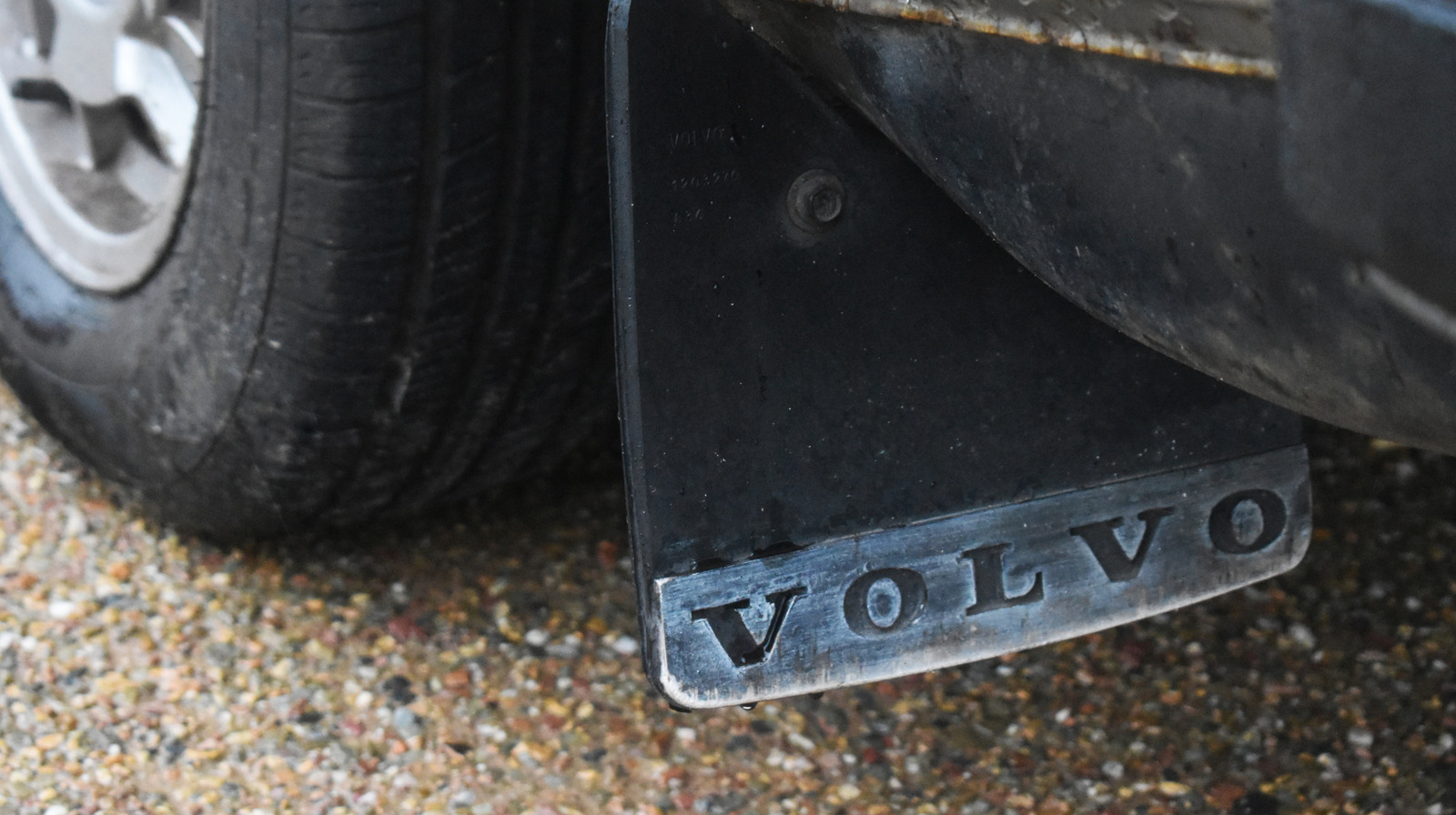
































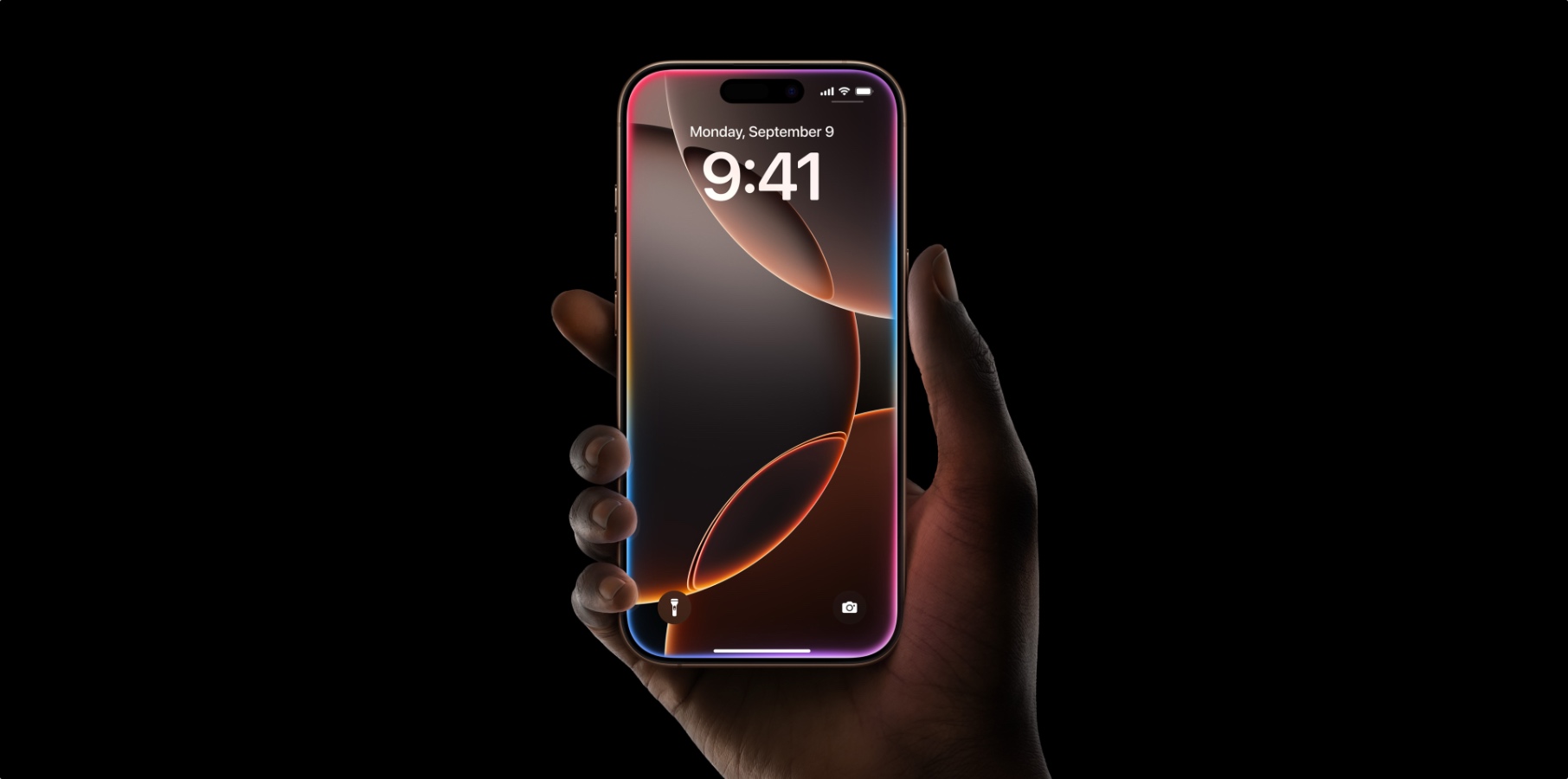












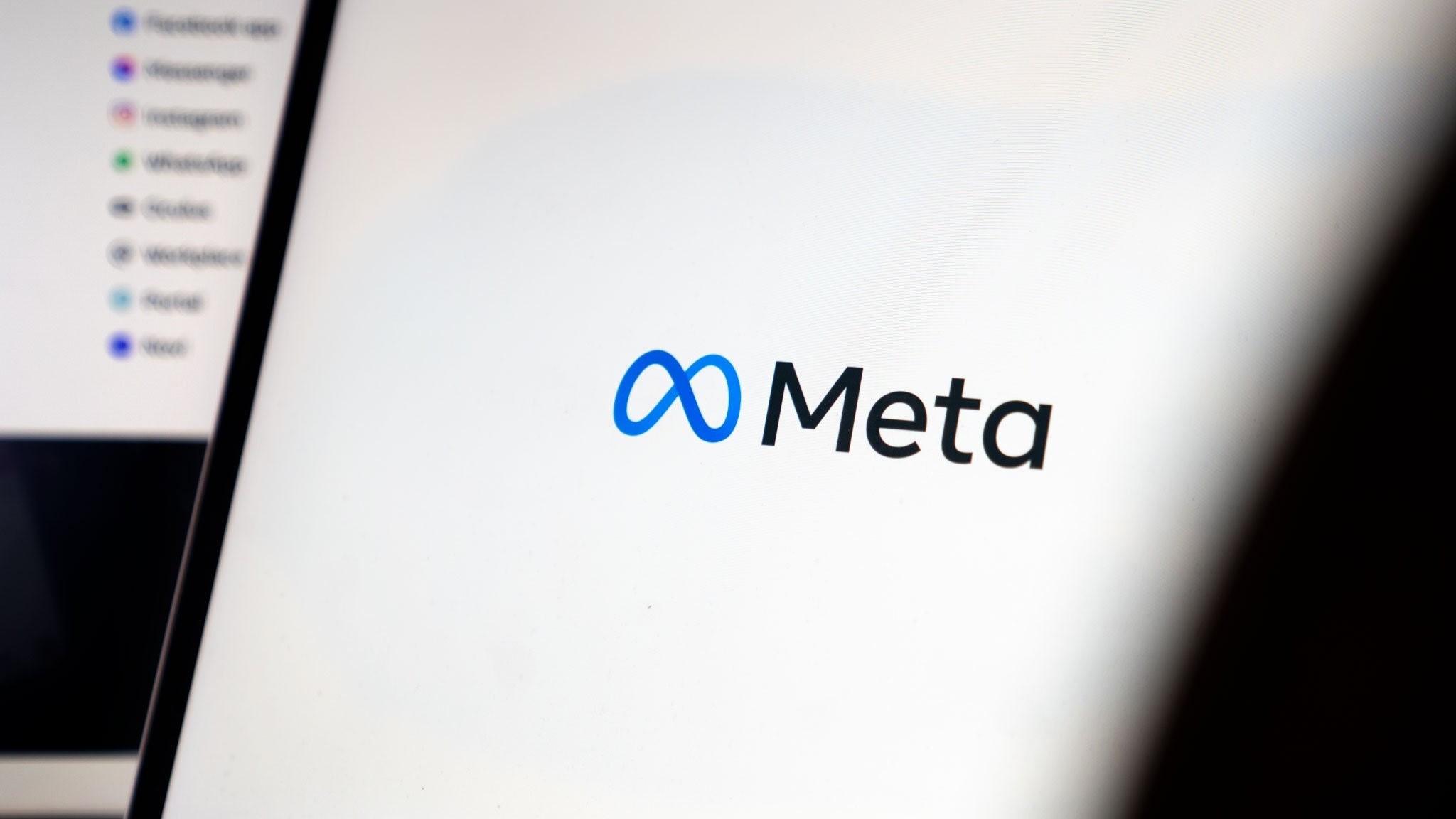






![This is Apple’s unreleased 10th anniversary Apple Watch band [Gallery]](https://i0.wp.com/9to5mac.com/wp-content/uploads/sites/6/2025/04/apple-watch-celebration-band0000-2.jpg?resize=1200%2C628&quality=82&strip=all&ssl=1)





































